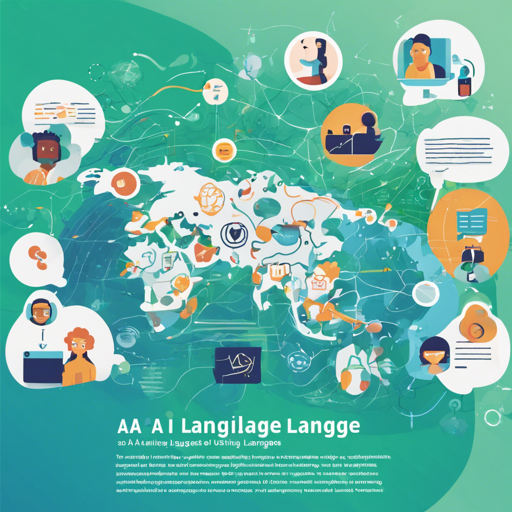In today’s globalized world, effective communication across languages is more critical than ever. With advancements in artificial intelligence, language translation has grown sophisticated and efficient. In this article, we will explore how to harness AI for translation purposes, along with troubleshooting tips to ensure smooth execution.
Getting Started with AI-Powered Language Translation
To use AI for language translation, you need a clear understanding of the tools and methodologies available. Here’s a basic outline of how to leverage these technologies:
- Choose the Right AI Model: Various models specialize in translation, such as recurrent neural networks (RNNs) or transformer models.
- Prepare Your Data: Depending on the language pairing, gather large datasets containing aligned translations.
- Set Up Your Environment: Use platforms like TensorFlow or PyTorch to build and train your models.
- Train the Model: Feed your dataset into the model and fine-tune it for better accuracy.
- Deploy the Model: After training, deploy the model using cloud services or create an API for integration.
Explaining the Process with an Analogy
Think of language translation using AI as preparing a beautiful banquet. The different components are your ingredients, each playing a crucial role in the final dish.
- Choosing the Ingredients: This is akin to selecting the right AI model. Just as you wouldn’t use expired ingredients, selecting an outdated model can hinder your translation quality.
- Preparing the Ingredients: Gathering and cleaning your data is like chopping vegetables for a stew; it requires care and precision for the best results.
- Following the Recipe: Setting up your environment represents understanding the cooking instructions. Skipping steps can lead to a dish that doesn’t turn out right.
- Cooking: This is your training phase. Patience is key; you wouldn’t rush a slow-cooked meal, and neither should you rush the training of your model.
- Serving: Finally, deploying your model is like plating the dish, ensuring that everything looks appetizing before being presented to your diners.
Troubleshooting Tips for a Smooth Experience
While building your AI translation model, you may encounter hurdles. Here are some troubleshooting steps to tackle common issues:
- Problem: Inaccurate Translations
Solution: Ensure your training dataset is robust and diverse. Fine-tuning the model can also help improve accuracy. - Problem: Model Overfitting
Solution: Regularization techniques and cross-validation can help mitigate this issue. - Problem: Slow Performance
Solution: Optimize your model architecture, or utilize more powerful hardware resources.
For more insights, updates, or to collaborate on AI development projects, stay connected with fxis.ai.
Conclusion
At fxis.ai, we believe that such advancements are crucial for the future of AI, as they enable more comprehensive and effective solutions. Our team is continually exploring new methodologies to push the envelope in artificial intelligence, ensuring that our clients benefit from the latest technological innovations.

